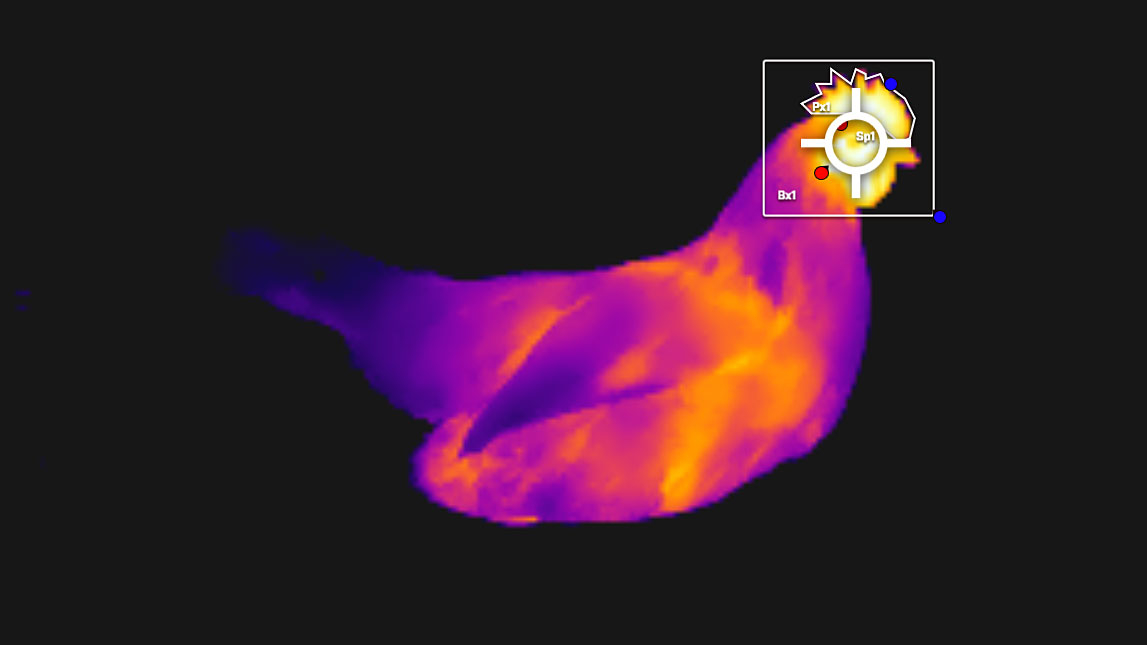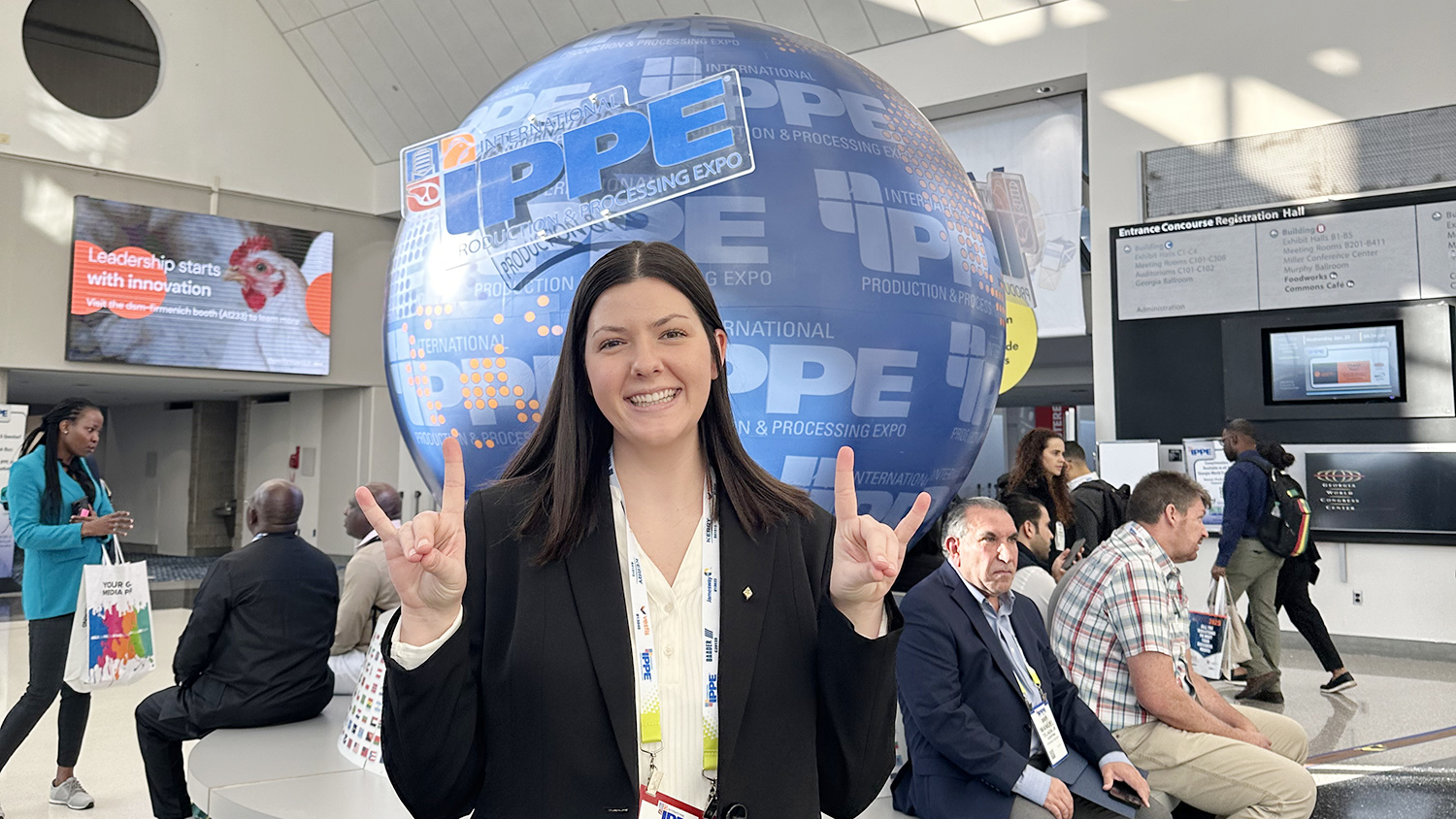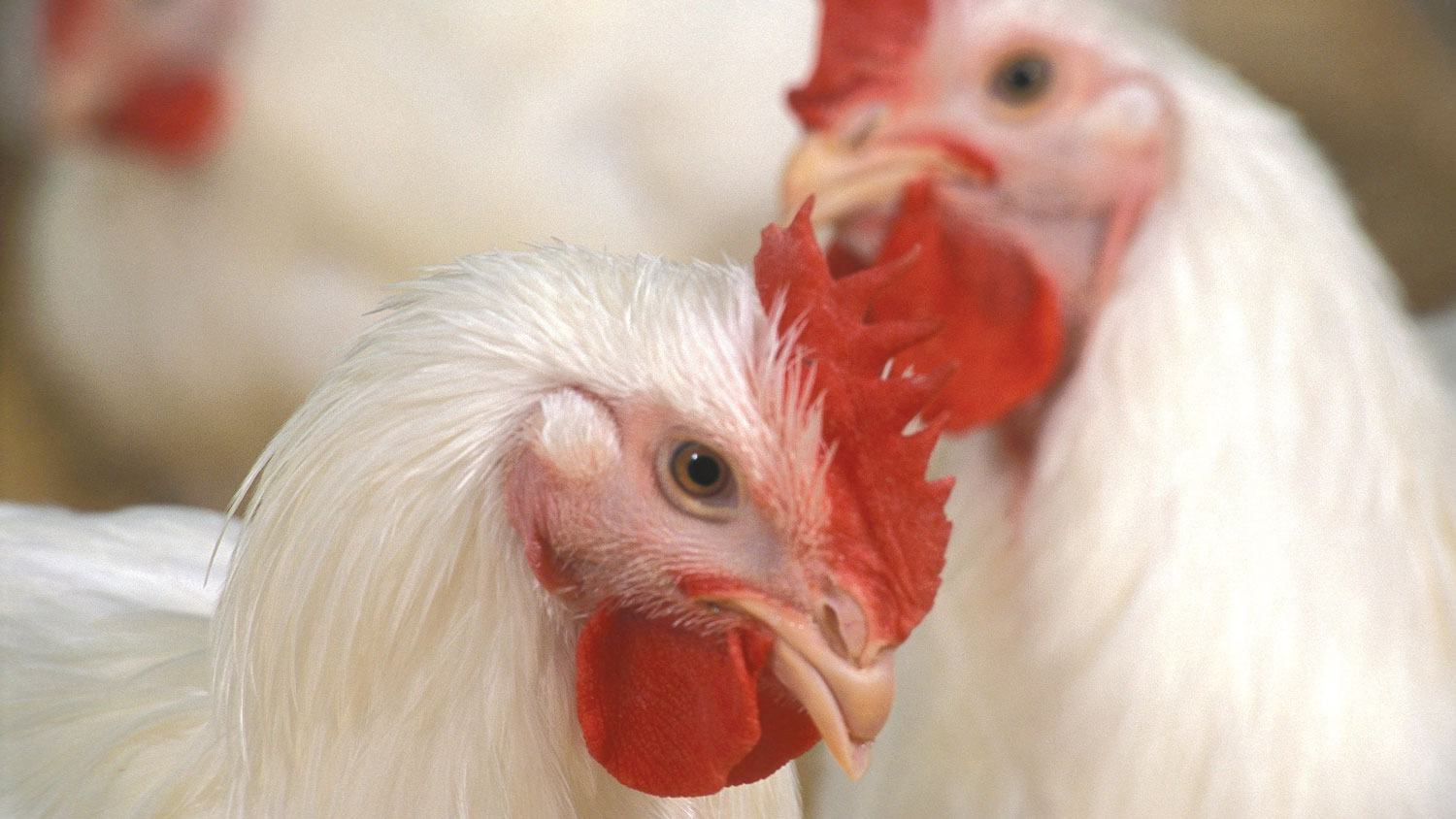Collaboration is Key for Food Animal Initiative
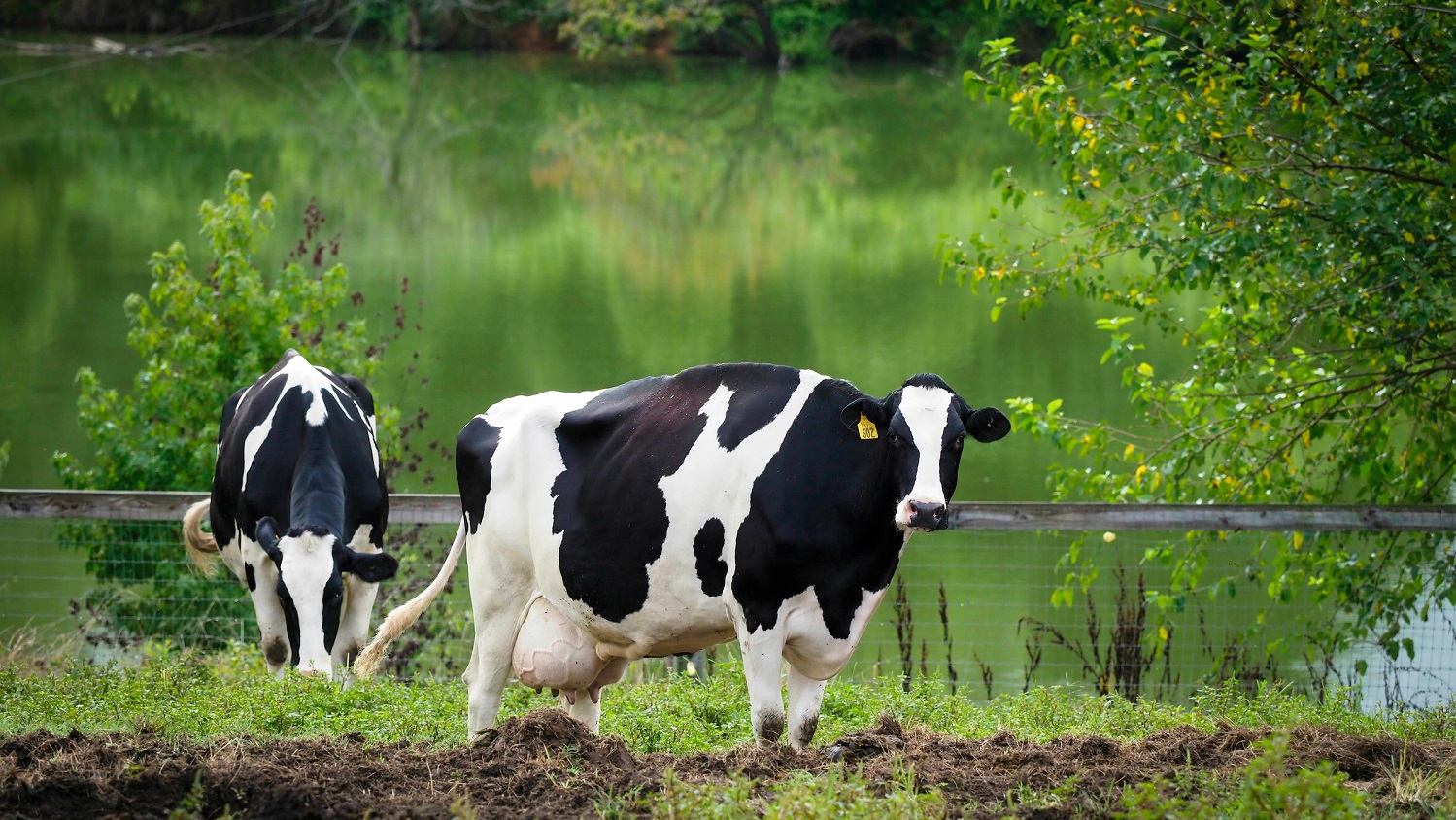
We’ve all heard two heads are better than one, but what about three? Three department chairs from two colleges have been charged with developing the Food Animal Initiative (FAI), and they’re up for the challenge.
The goal? To drive this interdisciplinary initiative, with the goal of establishing North Carolina as a world leader in the food-animal biosciences in an effort to solve global problems. No easy task.
The two chairs from the College of Agricultural and Life Sciences (CALS) are Dr. Todd See, Animal Science department head and professor, and Dr. Patricia Curtis, Prestage Department of Poultry Science department head and professor. The College of Veterinary Medicine (CVM) is represented by Dr. Paula Cray, Population Health and Pathobiology department head and professor.
Three is Better Than One
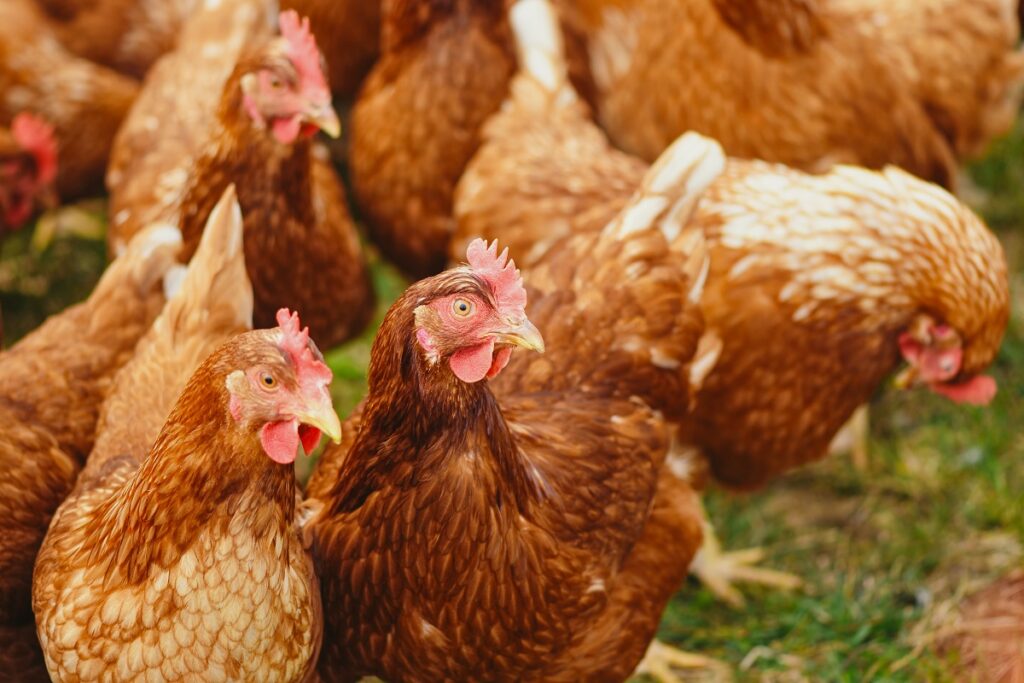
This FAI tri-chair partnership makes sense from a food animal perspective, considering CALS’ focus on the production, nutrition and care of food animals as well as animal products and CVM’s leading role in the health, nutrition and well-being of animals.
“Neither college has the full capacity to take on these big food animal issues and the training of students in this field on its own. It must be a collaborative effort to be effective,” said Dr. See. The tri-chairs meet regularly to discuss FAI’s goals and brainstorm ideas to pitch to the deans, who in turn support the ideas as best they can.
Dr. Cray speaks to the importance of these synergetic discussions: “You have to build trust and collegiality. Both sides are responsible for the outcome.”
FAI: A Grassroots Initiative
Dr. See said FAI started five to six years ago, and later the tri-chair mechanism was established “to continue to bring the bulk of faculty along and to coordinate the initiative across the colleges.”
FAI began with an idea: the colleges needed to do more and work more collaboratively. The tri-chairs started with large joint meetings, inviting interested faculty to discuss FAI vision, opportunities and collaborative training. Although most attendees were from CALS and CVM, the meeting had representatives from 16 departments in four unique colleges.
Building Relationships
The first task was to work on building inter- and trans-disciplinary relationships in order to establish trust and open communication. Next up was asking participants important questions, like: What are our opportunities? How do we prioritize them? What are the pressing ideas for tomorrow? Where do we have gaps? What are our faculty strengths? Where are our facility shortfalls? These initial conversations helped to shape the vision and goals of the initiative.
“We are not just creating solutions for tomorrow,” advised Dr. Curtis. “The FAI is considering how we address issues 5 or 10 years from now as well as how to best prepare our students to do so.”
Study, Stakeholders, Symposium
NC State’s CALS and CVM commissioned an economic development study in 2019. Feedback was then gathered from both faculty and industry stakeholders within the state and across the country and combined with economic data and benchmarking at peer institutions, to help frame the initiative’s goals. Other recent FAI activities include the FAI Big Data, Big Ideas Symposium held September 2019, which united data and animal scientists and showcased technology for food animal producers. The next symposium is in the works for September 2021.
Another FAI win includes the recent Golden LEAF Foundation grant for just under $1 million dollars to support the Agricultural Institute (AGI) in the development and execution of student training programs.
“FAI is still in its infancy,” said Dr. Cray, “but we are starting to move, integrate and understand our future impact. Everything comes down to impact: if our efforts do not produce an impact for industry or science in general, then we have to go back and re-group.”
What’s On Tap for FAI?

The COVID pandemic has somewhat impacted the FAI momentum, but the initiative has by no means been stagnant. Here’s some of the ideas percolating amongst the leadership team:
- Getting the word out about FAI plans, goals and opportunities and ensuring they secure a range of input, from both faculty and industry
- Considering how to train students for workforce development for food animal production and involving industry stakeholders to develop curriculum
- “Creating collision amongst faculty” in research focus areas, like the digital animal space
- Following up with industry stakeholders on how they’ve managed challenges, like the pandemic, supply chain or food safety digitization
- Creating more student experience opportunities, like the existing co-mentored FAI fellowships
Many ideas currently drive the FAI, but the tri-chairs want the development of the initiative to be intentional as they are committed to excellence. While their goals are necessarily lofty, “If we start with smaller things, they are meaningful, have an impact and can be wildly successful,” said Dr. Cray. “Then, success breeds success.”
Speaking of Goals
Led by the same vision for FAI, the three tri-chairs identify the initiative’s goals:
Dr. See said the FAI should aim to (1) train the best students; (2) ensure research and extension address big issues; (3) focus on food technologies; and (4) communicate plans and goals and seek stakeholder input.
By taking the actions outlined by Dr. See, FAI can easily fulfill Dr. Curtis’ goal of ensuring the food animal industry stays competitive; she said, “We need to help ensure food safety, industry improvement, food availability and food affordability.”
Dr. Cray’s goals are very tangible; for her, FAI will be successful in 2021 if it accomplishes the following: (1) return to some “normal” activity and interactions; (2) strengthen FAI and industry exchanges; (3) host another symposium; and (4) add another co-mentor fellowship.
FAI: Onward and Upward
Birthed from a positive grassroots effort, the FAI is being driven by a tri-chair leadership excited to unite the colleges in both ideas and outcomes for the food science industry, with intentional collaboration being as important as any other goal.
“It takes interdisciplinary leadership to get this interdisciplinary initiative to happen,” said Dr. See.
- Categories:
